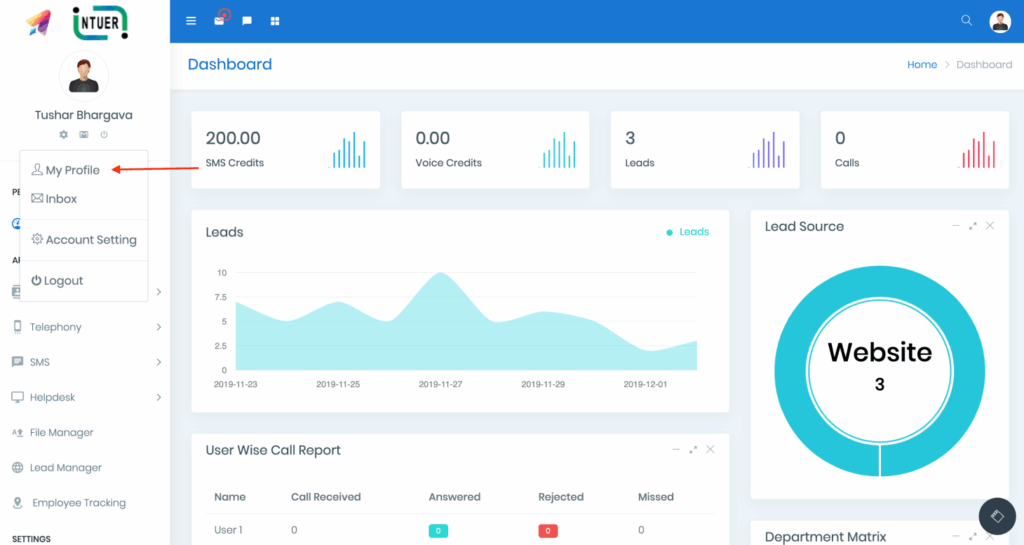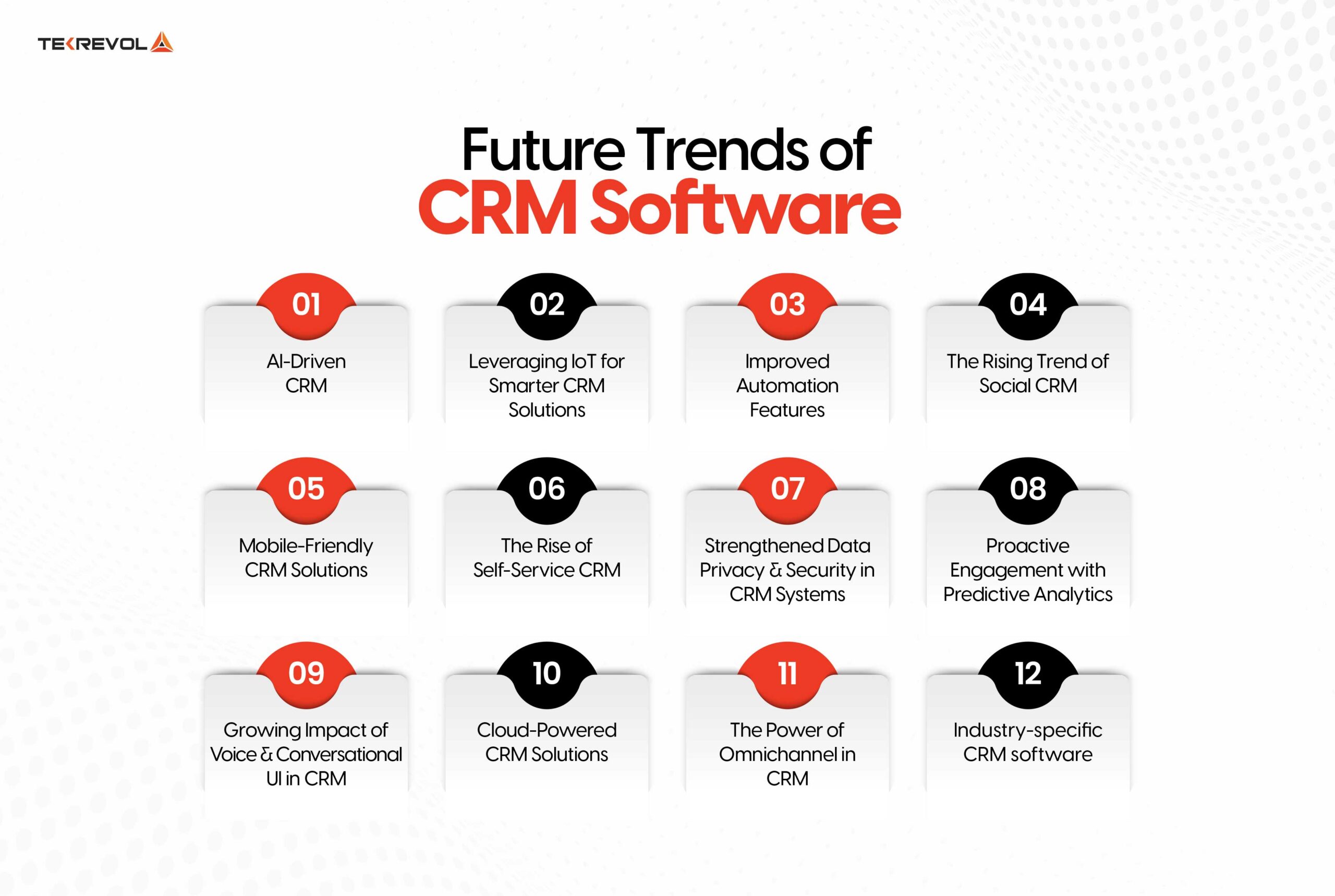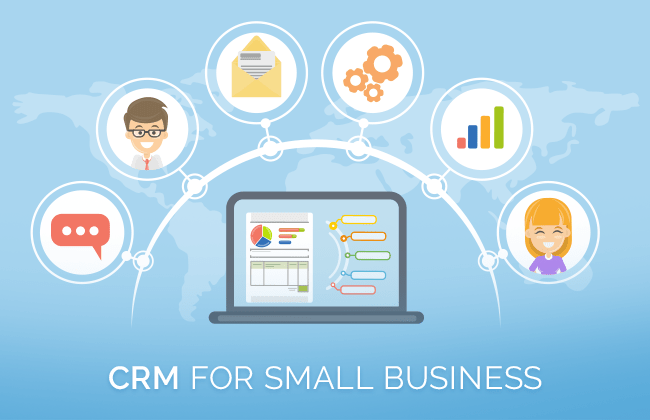
Supercharge Your Workflow: A Deep Dive into CRM Integration with Slack
In today’s fast-paced business environment, staying organized and efficient is no longer a luxury – it’s a necessity. We’re all juggling multiple tasks, communicating with diverse teams, and striving to keep track of crucial customer information. That’s where the magic of CRM integration with Slack comes into play. This powerful combination streamlines your workflow, enhances collaboration, and ultimately boosts your bottom line. This article dives deep into everything you need to know about seamlessly connecting your Customer Relationship Management (CRM) system with Slack, from the ‘why’ to the ‘how,’ and everything in between.
Why Integrate Your CRM with Slack? The Benefits Unveiled
Before we jump into the technicalities, let’s explore the compelling reasons why integrating your CRM with Slack is a game-changer. Think of it as building a bridge between two of your most essential business tools. Here’s why you should consider it:
Enhanced Collaboration and Communication
One of the biggest advantages is the dramatic improvement in team communication. Imagine this: a sales rep updates a deal status in your CRM, and instantly, the relevant Slack channel is notified. No more endless email chains or missed updates. Everyone stays informed in real-time, leading to quicker decision-making and a more cohesive team.
Real-Time Data Accessibility
Information is power, and having quick access to customer data empowers your team. With CRM integration, you can pull up vital customer information directly within Slack. Need to know a client’s recent purchase history? A quick search in Slack, and you’ve got the answer. This saves time, reduces friction, and allows your team to provide more personalized and efficient service.
Improved Sales and Customer Service
For sales and customer service teams, this integration is a goldmine. Sales reps can stay on top of deals, track progress, and receive instant alerts about important customer interactions. Customer service reps can access customer data quickly, resolve issues faster, and provide a more seamless customer experience. This translates to happier customers and increased sales.
Automation and Workflow Efficiency
Automation is the name of the game. By connecting your CRM and Slack, you can automate repetitive tasks, freeing up your team to focus on more strategic initiatives. For instance, you can set up automated notifications for new leads, appointment reminders, or deal stage changes. This automation boosts efficiency and reduces the risk of human error.
Increased Productivity and Reduced Context Switching
Constantly switching between different applications is a productivity killer. CRM integration with Slack minimizes this by bringing essential CRM data and notifications directly into your Slack workspace. This reduces the need to switch between apps, saving your team valuable time and increasing their overall productivity.
Choosing the Right CRM and Slack Integration: A Buyer’s Guide
Now that you understand the ‘why,’ let’s talk about the ‘how.’ The first step is choosing the right tools and integration methods. The best approach depends on your specific CRM system, your team’s needs, and your budget. Here’s a breakdown of key considerations:
Compatibility: Does Your CRM Play Nice with Slack?
Not all CRM systems offer seamless integration with Slack. Before you commit to a solution, make sure your CRM is compatible with Slack. Check for native integrations, which are often the most straightforward and reliable option. Popular CRM systems like Salesforce, HubSpot, and Pipedrive typically offer robust Slack integrations.
Integration Methods: Native Apps vs. Third-Party Tools
There are primarily two ways to integrate your CRM with Slack: using native apps or third-party tools. Native apps are built specifically for the integration and often offer the most seamless experience. Third-party tools can provide more flexibility and customization options, but they may require more technical setup.
Features and Functionality: What Do You Need?
Consider the specific features you need from the integration. Do you need real-time notifications, two-way data syncing, custom workflows, or advanced reporting capabilities? Make a list of your must-have features and compare different integration options accordingly.
Ease of Use: How User-Friendly Is It?
The integration should be easy to set up and use. Look for solutions with a user-friendly interface and clear documentation. The easier it is to use, the more likely your team will adopt it and benefit from it.
Cost: What’s Your Budget?
Integration solutions range in price. Some offer free plans with limited features, while others have paid plans with more advanced capabilities. Determine your budget and choose a solution that offers the features you need at a price you can afford.
Popular CRM Systems with Excellent Slack Integrations
To help you get started, here are some popular CRM systems that offer excellent Slack integrations:
Salesforce
Salesforce is a leading CRM platform, and its Slack integration is robust and feature-rich. You can receive real-time notifications, share records directly within Slack, and automate tasks. It’s a powerful solution for teams already using Salesforce.
HubSpot CRM
HubSpot CRM offers a free, user-friendly CRM with a seamless Slack integration. You can connect your Slack workspace to your HubSpot account and receive notifications about deals, contacts, and more. It’s an excellent choice for small to medium-sized businesses.
Pipedrive
Pipedrive is a sales-focused CRM with a strong Slack integration. You can receive notifications about deal updates, track sales performance, and collaborate with your team. It’s a great option for sales teams looking to boost their productivity.
Zoho CRM
Zoho CRM offers a comprehensive CRM solution with a customizable Slack integration. You can set up custom workflows, receive real-time notifications, and access customer data directly within Slack. It’s a versatile option for businesses of all sizes.
Freshsales
Freshsales, by Freshworks, provides a user-friendly CRM with a built-in Slack integration. You can receive instant alerts about important activities, collaborate with your team, and streamline your sales process. It’s known for its ease of use and affordability.
Setting Up Your CRM Integration with Slack: A Step-by-Step Guide
Once you’ve chosen your CRM and integration method, it’s time to set things up. The exact steps will vary depending on your CRM and the integration tool you’re using, but here’s a general guide:
Step 1: Install the Slack App
In your Slack workspace, search for the app for your CRM (e.g., “Salesforce for Slack”). Install the app and grant it the necessary permissions.
Step 2: Connect Your CRM Account
Within the Slack app, you’ll be prompted to connect your CRM account. This usually involves entering your CRM login credentials and authorizing the connection.
Step 3: Configure Notifications and Workflows
Customize the notifications and workflows to suit your team’s needs. Decide which events trigger notifications, which Slack channels receive them, and what information is displayed. Most integrations allow you to create custom rules and workflows.
Step 4: Test the Integration
Test the integration to ensure it’s working correctly. Create a test lead or update a deal in your CRM and verify that the corresponding notification appears in Slack.
Step 5: Train Your Team
Train your team on how to use the integration. Provide clear instructions and answer any questions they may have. Encourage them to use the integration regularly to maximize its benefits.
Advanced Tips and Tricks for CRM Integration with Slack
Once you’ve set up the basic integration, you can explore advanced features and customization options to further optimize your workflow:
Custom Notifications and Alerts
Tailor notifications to your specific needs. Set up alerts for specific deal stages, customer interactions, or sales performance metrics. This ensures your team receives the most relevant and timely information.
Two-Way Data Syncing
If your integration supports it, enable two-way data syncing. This means that changes made in Slack are automatically reflected in your CRM, and vice versa. This eliminates the need for manual data entry and keeps your information up-to-date.
Custom Workflows and Automations
Leverage the automation capabilities of your integration. Create custom workflows to automate repetitive tasks, such as sending follow-up emails, updating deal stages, or assigning tasks to team members. Automate as much as you can to free up time.
Reporting and Analytics
Use the integration to track key metrics and generate reports. Many integrations provide dashboards that display sales performance, customer engagement, and other important data. This data can help you identify areas for improvement and make data-driven decisions.
Integrate with Other Tools
Explore integrations with other tools you use, such as project management software, email marketing platforms, or communication tools. This creates a more streamlined and interconnected workflow.
Troubleshooting Common CRM Integration Issues
Even with the best integrations, you may encounter some issues. Here are some common problems and how to troubleshoot them:
Notification Delays or Failures
If you’re not receiving notifications in real-time, check your internet connection, the app’s settings, and the CRM’s configuration. Make sure the app has the necessary permissions and that notifications are enabled for the relevant events.
Data Syncing Problems
If data isn’t syncing correctly between your CRM and Slack, check the integration settings and the data mapping configuration. Ensure that the fields are mapped correctly and that the data types are compatible. Also, verify that your CRM and Slack accounts are still connected.
Permissions Issues
Make sure the Slack app has the necessary permissions to access your CRM data. Check the app’s settings in both Slack and your CRM. If you’re using a third-party tool, ensure that the tool has the required permissions.
App Errors or Bugs
If you encounter app errors or bugs, try restarting the app or reinstalling it. Check for updates to the app and your CRM. If the problem persists, contact the app’s support team for assistance.
The Future of CRM and Slack Integration
The integration of CRM systems with Slack is constantly evolving. As technology advances, we can expect even more sophisticated and seamless integrations in the future. Here’s a glimpse of what’s on the horizon:
AI-Powered Insights
Artificial intelligence (AI) will play a larger role in CRM and Slack integrations. AI-powered tools can analyze customer data, identify trends, and provide actionable insights directly within Slack. This could include personalized recommendations, predictive analytics, and automated lead scoring.
Enhanced Automation
Expect even more advanced automation capabilities. AI-powered chatbots can handle routine tasks, such as answering customer questions, scheduling appointments, and updating deal stages. This will further streamline workflows and free up your team’s time.
Deeper Integrations
We’ll see deeper integrations with other business tools, such as project management software, marketing automation platforms, and e-commerce platforms. This will create a more interconnected and efficient ecosystem for your business.
Improved User Experience
The user experience will continue to improve. Integrations will become even more user-friendly and intuitive, making it easier for teams to adopt and benefit from them. We can expect more customizable dashboards, personalized notifications, and seamless data access.
Conclusion: Embrace the Power of CRM and Slack Integration
Integrating your CRM with Slack is a smart move for any business looking to improve collaboration, boost productivity, and enhance customer relationships. By following the steps outlined in this article and exploring the advanced features and customization options, you can create a powerful and efficient workflow that drives success. Don’t wait – start integrating your CRM with Slack today and experience the difference!


